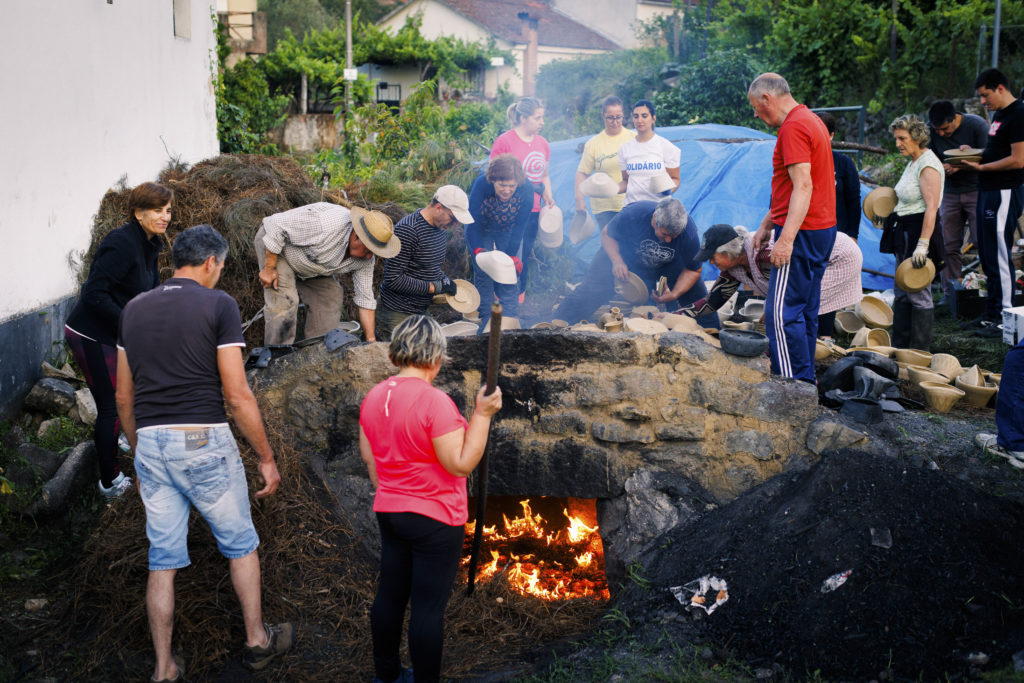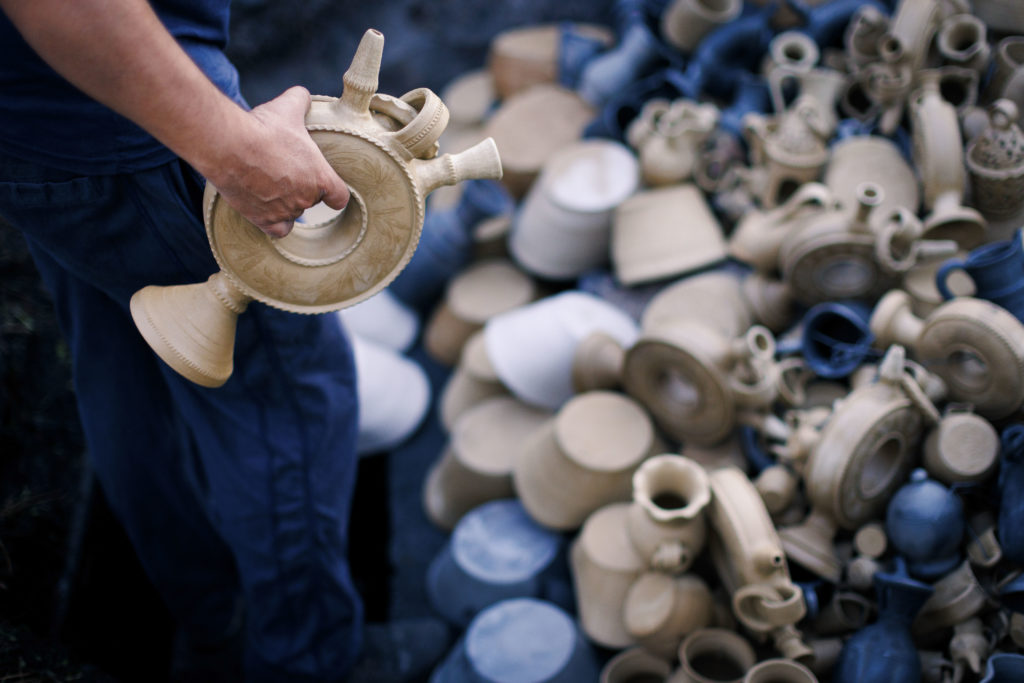Portuguese town keeps old tradition alive when making pottery in underground ovens
Old ovens dug into the ground are used to bake clay molded pieces in Bisalhães, Vila Real, a traditional method that is strictly followed to give the clay its black color and which led UNESCO to greatly acknowledge this tradition.

The potter Miguel Fontes told the Lusa agency that the boiling process requires a lot of hard work and is one of the most important steps in a process, which in 2016 was classified as ‘Intangible Cultural Heritage’, because it is what will give the black color to the clay pieces that makes Bisalhães pottery so famous.
Next Wednesday and Thursday, some artisans will go down to the city to participate in the Feira de São Pedro, also known as Feira dos Pucarinhos.
The pieces were molded for months and, last Saturday, family members and friends of the Fontes family gathered at dawn to carry out the last step of the process, the boiling, using an ancestral and unusual method.
After more than 20 years of being deactivated, the old family oven was revived. It is basically a hole dug in the ground.
Clay pieces are placed one on top of each other, protected by spoiled crockery, the oven is then lit and begins to heat up from below. Later, firewood is placed on top.

Finally, pine needles are added and everything is covered with dark soil.
“We have to be careful that the crockery stays as flat as possible so the clay does not break”, explained Constantino Fontes, the 72 year old potter.
During the event, clay pieces are sold, such as bowls and baking trays that are used to bake food in the ovens, and other decorative ones, such as the little pots, the screw jugs or the secret jugs.
The potter pointed out that, when the crockery is taken out of the oven, after more than three hours sweltering, “the hard work pays off”.
“The hard, time-consuming work, is worth it”, he maintained.

The dishes began to be placed at 5 in the morning and it was past 11 when they were removed. With hoes and shovels, the earth was removed and then, one by one, the pieces were all painted black.
Women play an important role in Bisalhães. They chop and knead the clay by hand, decorate the pieces and also go to the mountain to fetch firewood.


